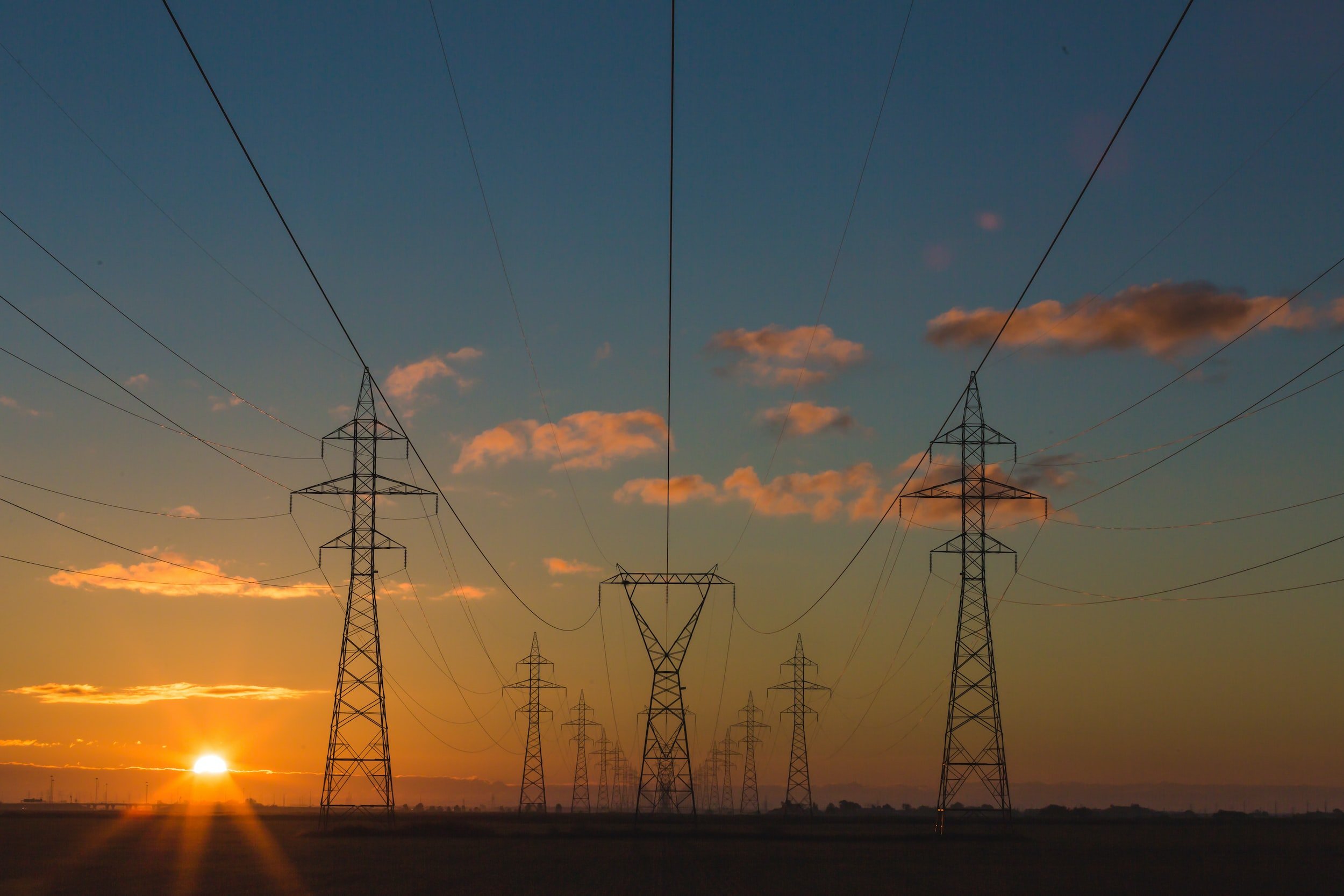
How many emissions do buildings emit?
The built space is one of the high-emission sectors upon which the government has imposed targets and deadlines. These must be achieved to reach net-zero carbon emissions and keep the reality of our global temperature below an increase of 1.5°C (compared to pre-industrial times).
The built space is currently responsible for 39% of global energy-related carbon emissions; this must reduce to 0% by 2050. So far, the UK is behind target; hence new innovative solutions are needed to help landlords and building owners reduce energy usage, save money on operational costs and future-proof their assets.
What is the current state of the built space?
According to estate agency Savills, three-quarters of the UK office market falls below minimum energy efficiency standards, which are set to be in place by 2030.
In the UK, buildings receive an energy performance certificate, or EPC, with a top grade of A and a bottom of G. Ministers intend to ratchet up minimum energy efficiency standards (MEES), making it illegal to let out offices with an F or G rating from April 2023. Estate agents estimate that will leave 5-10% of UK offices high and dry.
In addition, the minimum standard is set to rise to a C rating by 2027 and to a B by 2030, a level which around 70% of offices in London fall short of, according to Savills.
Learn more about MEES in this blog.
Tenants are creating demand.
Corporate tenants and wealthy investors want the best space, and this is incentivising developers to go further. There is a constellation of private accreditations, each claiming to prove a building is green. Tenants who have drawn up their own carbon reduction plans are increasingly shunning older blocks and zeroing in on offices wearing those badges of honour.
Buildings with the highest levels of green accreditation make up less than 10% of the London market but account for around 60% of all space leased in London this year, according to Savills.
Environmental upgrades are increasingly urgent but also increasingly expensive as borrowing costs soar and inflation drives building material prices ever higher.
How does amBX software help create energy-efficient buildings?
amBX’s software platform, SmartCore, helps to bridge the gap between lighting and other building systems, converging data and allowing insights to be gained and more efficient lighting/building system strategies to be implemented as a result of the data collected.
amBX has a much more cost-effective solution than other traditional integration solutions, saving as much as 48% of the cost of lighting integration projects.
amBX’s strategy is to partner with MSIs or Smart Building Platforms (BMS) and bolt onto their larger solutions, making integration easier for them, less costly, quicker and adding a whole host of lighting logic benefits. In addition, the end customer is often never aware that amBX is ever involved – it is just another part of the intelligence inside a wider solution.
“Four in five buildings standing today are expected to still be in place by 2050, and the pressing challenge is how to breathe new life into them before then.”
5 areas we add value:
👉Communicate with most building protocols – dramatically improving data access
👉Ensure you are compatible with any hardware
👉Bridge the gap between lighting systems and building systems
👉Digital twin technology assists with ESG reporting and improvements
👉Complete flexibility to use our software however you want
Powerhouse Brattørkaia
This office building of the future generates twice as much energy as it uses.
To find out more about amBX energy efficient building software solution, click here, or contact us for more information or a free demo.



















